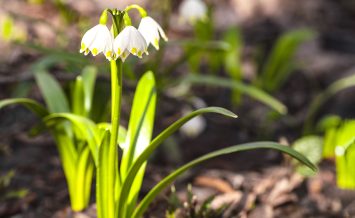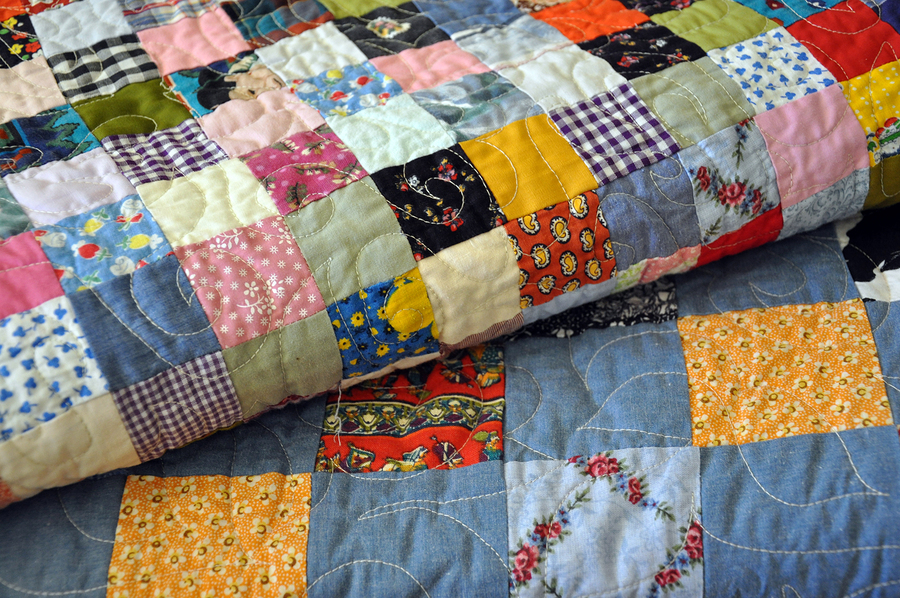Quilting for beginners
Quilting is a creative and practical hobby that offers the opportunity to express yourself and finish with a blanket that you can use or give away as a special gift to friends and family members.
Even if you’ve never learned to sew, don’t be afraid to give it a try – it’s not difficult to pick up the basics and with a little practice you’ll soon feel confident creating more intricate patterns and showing off your handiwork.
Materials you’ll need
To make your quilt there are a few basic materials you’ll need; most are inexpensive and can be purchased from your local craft store of fabric store, or online at specialty websites like Pelenna Patchworks. You’ll need:
Cutting tools – Good cutting tools are crucial to creating a symmetrical quilt and help speed up the process, particularly for beginners. You can use regular sewing scissors, however rotary cutters are typically considered easier to use and create consistent pieces.
Cutting mat – Use a cutting mat to protect your furniture and tabletops as you work. Most cutting mats are self-healing and come with ruled lines so it’s easy to cut straight edges to the right size each time.
Ruler – Look for an extra long and wide ruler that’s made from transparent plastic. You’ll be able to sandwich fabric between your cutting board and ruler for a straight, steady cut.
Sewing basics – Stock up on straight pins, a seam ripper and safety pins before you get started – pins in particular will be very useful as you are sewing the pieces of your quilt together.
Fabric and thread – When creating your quilt you’ll need a few different types of fabric; there’s nearly endless choice here, so pick something that suits your tastes, and when you’re starting look for 100% cotton or a polyester/cotton blend since these are easiest to work with. Avoid using a cheap thread as it may break when you’re sewing – again, look for high quality cotton thread, and if in doubt choose neutral colours like white, tan or grey.
Batting – Batting, or wadding, is the filling that adds substance and warmth to your quilt. Batting is sold in different ‘lofts’, or thicknesses, and you can get them in fibres like cotton, polyester, cotton blend, bamboo and fusible. When choosing your batting consider what you plan to use the quilt for; if it’s going to be your main blanket during winter time, you’ll want something with a high loft (so it’s thicker) and a high quality material that will keep you warm during the long nights.
Quilting tutorials to help you get started
Quilting for beginners
How to sew a block quilt
Rachel - Silversurfers Assistant Editor
Latest posts by Rachel - Silversurfers Assistant Editor (see all)
- Songs about Mum for Mothering Sunday - March 26, 2025
- The best of Diana Ross - March 25, 2025
- Elton John’s Greatest Hits Playlist - March 24, 2025
- The best of Liza Minnelli - March 11, 2025
- Shrove Tuesday traditions - March 3, 2025




















